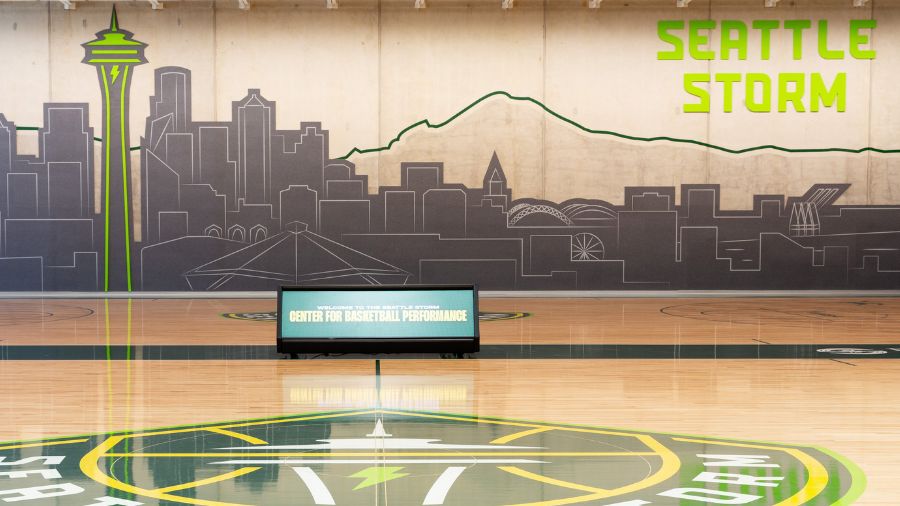Study says worst-case Northwest tsunami risk is underestimated
Jun 9, 2022, 12:07 PM | Updated: 12:08 pm

Photo by: Insights/Universal Images Group
SEATTLE — It’s hard to imagine anything worse than the 2011 tsunami in Japan.
But a professor at the University of Southern California says an even larger tsunami could potentially hit the Northwest coast if a Cascadia mega-quake strikes in an offshore wedge.
“If these earthquakes happen entirely in the wedge then it should be very alarming,” Sylvain Barbot told KIRO 7.
The inner and outer wedges are well offshore, between the beach and the deep-sea trench, and they’re where tsunamis are generated.
Barbot and his colleagues looked at earthquake data from around the world and found that even small earthquakes in the wedge can trigger big tsunamis.
Barbot also says the width of the wedge matters.
“The wider this place, the larger the tsunami,” he said.
One of the wide spots is off the Northwest coast, around the Oregon-Washington border.
Barbot’s study found that projections for a 65-foot worst-case scenario tsunami in parts of Oregon are underestimated.
“We would actually put it at twice that much,” he said.
Barbot said there are lots of variables that can affect the height of a tsunami.
Harold Tobin of the Pacific Northwest Seismic Network at the University of Washington is cautious about the idea of a giant tsunami.
“I think that’s an extreme case that’s really not very likely at all,” Tobin said.
Tobin said the USC study took a global look at tsunami hazards, and more localized work is needed to understand the dynamics off the Northwest coast.
“I would take a little bit with a grain of salt the numbers that are in there about the Pacific Northwest,” Tobin said.
There is active research to map the offshore wedge and how it would move during an earthquake.
In the Northwest, the tsunami risk is greatest on the ocean beaches but there is a chance of much smaller tsunamis making their way here into Puget Sound.













